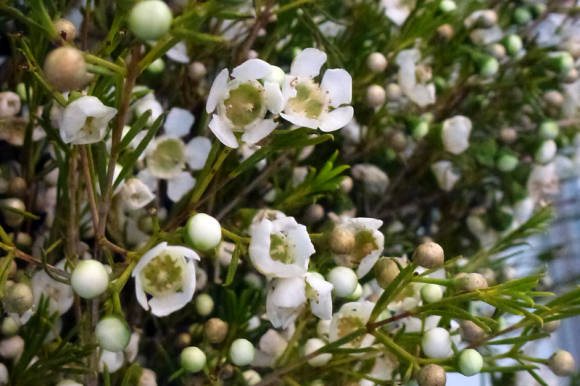
According to an old belief found among various European peoples, the hawthorn is a powerful protector from evil spirits and black slander, sending all sorts of ailments and mental anguish to a person. There is a version that the scientific name of this plant comes from the Greek word kratagoswhich means "strong, strong". Which is quite justified, since the hawthorn has very strong wood. It also has thorny thorns that make thickets or hedges of it almost impassable.
This plant has many advantages. Hawthorn is unpretentious and not capricious. It grows and grows for itself, withstands intense heat and drought, and is not afraid of frost. Begins to bear fruit 5-6 years after planting. It has decorative properties, although its flowering does not last long, only a few days, but very cute flowers, and even when he puts on an outfit of bright berries, he is completely written handsome. Hawthorn is an excellent honey plant. And its medicinal properties have been known since antiquity.
Useful properties of hawthorn
Hawthorn genus (Crataegus L.) is one of the oldest representatives of the Rosaceae family. Scientists have found that hawthorns grew on the earth as early as the Cretaceous period of the Mesozoic era. According to researchers, there are about 390 species of hawthorns in nature.
About the most common types - on the page Hawthorn.
 |  |
It has been established that, despite the existing botanical differences, the existing species of hawthorn are very similar in their chemical composition, and hence in their physiological effect on the human body. The fruits of this plant contain saponins, glycosides, a complex of flavonoids, a number of organic acids, tannins, vitamins. Flowers contain carotenoids, flavonoids, acetylcholine, choline, essential oil, etc.
Hawthorn is used for various heart diseases, insomnia and dizziness. It improves metabolism, helps to reduce the excitability of the nervous system, normalizes sleep, lowers blood cholesterol and lowers blood pressure.
Read more about medicinal properties in the article Hawthorn is an old remedy.
Hawthorn fruits have a pleasant taste and contain up to 15% sugar. They are used to make jams and preserves, marmalade and sweets. Roasted berries can be used to make berry coffee, and dried leaves and flowers are perfect for healthy and tasty tea.
In landscape design, hawthorns are often used as a thorny decorative fence.
Features of planting hawthorn
The hawthorn can be planted both in spring and autumn. Planting seedlings is carried out either in planting pits (for obtaining fruits), or in a trench (for hedges).
In the first case, the hawthorn is planted in pre-prepared pits 0.6 m in size, both in depth and in diameter. The distance between the seedlings is maintained at 1.5-2.0 m. 1-2 buckets of compost and 5 tbsp. Are introduced into the planting pit. spoons of nitrophosphate.
In order to create a hedge, the hawthorn is planted in a trench 0.6 m wide and 0.5 m deep. 1-2 buckets of compost and 4 tbsp. Are introduced into the trench per 1 running meter. spoons of nitrophosphate. Planting of plants is maintained at a distance of 0.5 m from each other.
When planting, it is worth considering the proximity of other crops. It is not recommended to grow hawthorn next to traditional fruit trees: apple trees, pears, plums and cherries, as they have common pests: apple aphid, cherry sawfly, leafworm, hawthorn.
Hawthorn planting care
Hawthorn is undemanding to soil, photophilous, drought-resistant and winter-hardy. Caring for the plant includes the usual gardening procedures: weeding, regular loosening, feeding and crown formation. Correct crown formation is especially important when growing hawthorns in hedges.In this case, the bushes can be cut to the height you need, which contributes to the additional development of side branches.
Before the beginning of fruiting, the hawthorn is fed twice. The first time - in the spring with the beginning of budding with nitrogen fertilizers. To do this, add 2 tbsp for 10 liters of water. tablespoons of urea. One bush requires 15-20 liters of solution. The second time is in September. To prepare the solution, add 2 tbsp for 10 liters of water. spoons of nitrophosphate. One bush requires 20-25 liters of solution.
Fruiting bushes are fed three times per season. The first time is in the spring during the blooming of leaf buds. To do this, add 3 tbsp for 10 liters of water. spoons of "Potassium humate". One bush requires 20-30 liters of solution. The plant needs feeding the second time at the beginning of flowering. The solution is prepared at the rate of 10 liters of water 1 tbsp. a spoonful of potassium sulfate and 2 tbsp. spoons of nitrophosphate. One plant requires 30-40 liters of solution. The third time the plant is fed during the fruiting period. The solution is prepared as follows: add 2 tbsp to 10 liters of water. spoons of liquid "Potassium humate".









